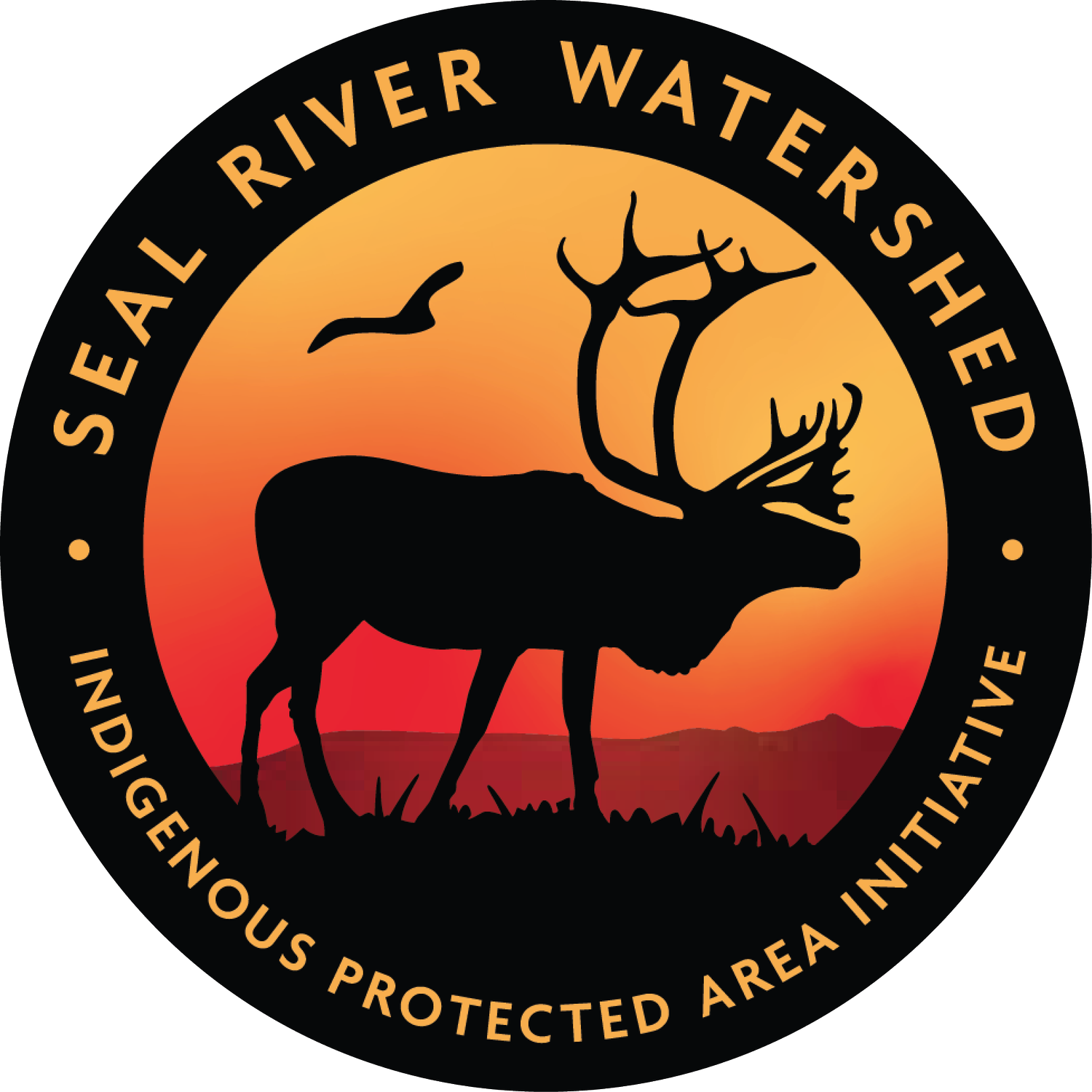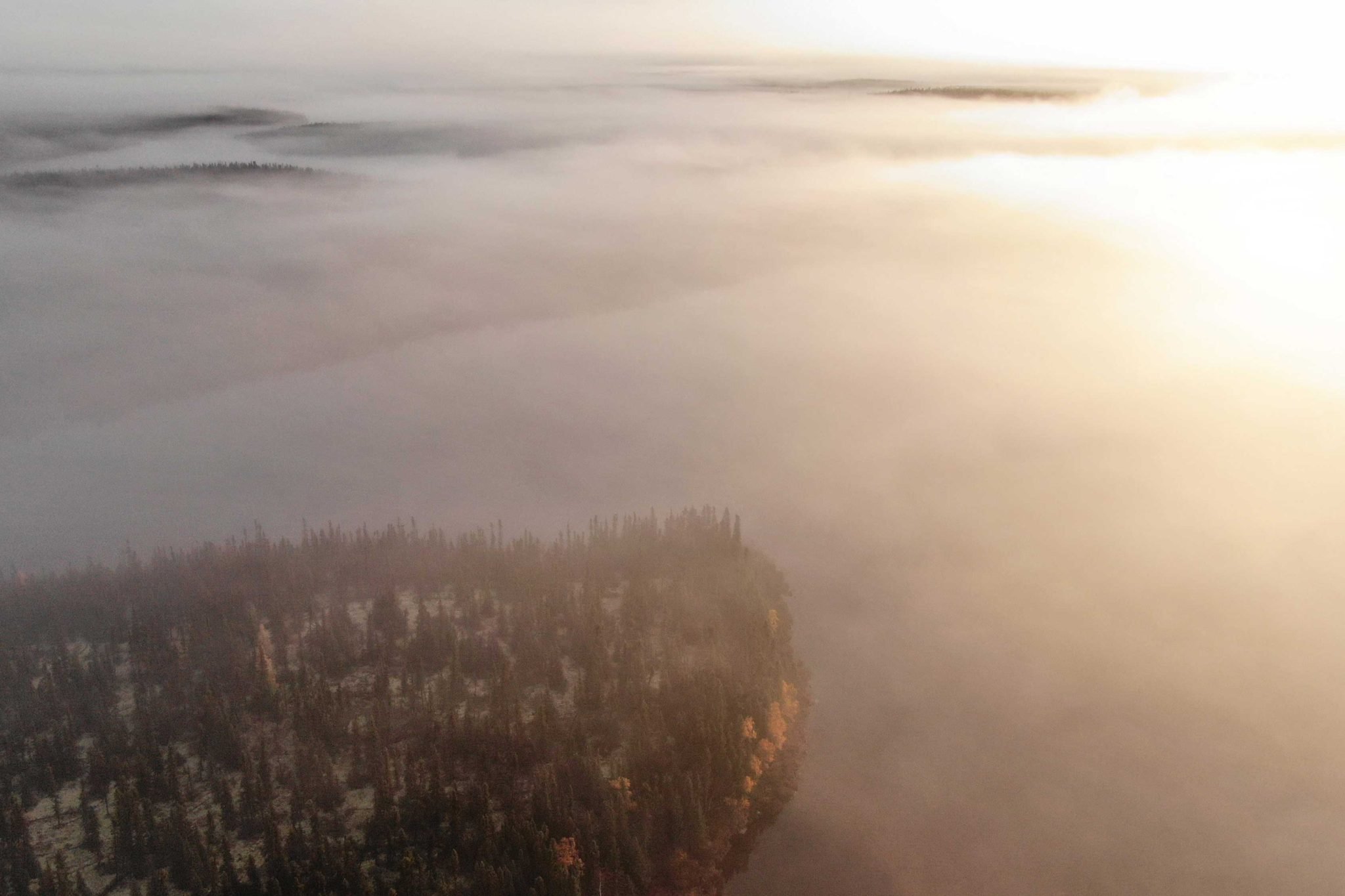The Seal River Watershed Is A Shield In The Global Fight Against Climate Change
A partnership of four First Nations has come together with support from Inuit neighbours to propose creating the Seal River Watershed Indigenous Protected Area.
Our Elders say we must conserve this territory for our youth—to teach them the laws and knowledge to care for these life-giving lands and waters. But the Seal River isn’t just important for our own youth. It matters for all future generations.
This watershed in Northern Manitoba serves as a shield in the global fight against climate change.
New analysis by Ducks Unlimited Canada shows the Seal River Watershed holds 1.7 billion tonnes of carbon in boreal soils, wetlands, and peatlands. That’s equivalent to eight years’ worth of greenhouse gas emissions in Canada. And nearly 70 years’ worth of annual emissions from Canada’s passenger cars and light trucks (based on 2018 levels).
Distribution of carbon stocks in the Seal River watershed. Ducks Unlimited Canada report.
Conserving the Seal River Watershed ensures the carbon remains safely stored in the ground, instead of being released into the atmosphere and intensifying climate change. Scientists say that land stewardship approaches like this—often called nature-based climate solutions—can deliver one-third of the emissions reductions necessary to meet the Paris Climate Agreement.
“Indigenous and Inuit communities are taking the lead in protecting this giant storehouse of carbon,” said Ernie Bussidor, the executive director of the Seal River Watershed Alliance. “We see the impacts of climate change firsthand here in the North—in early spring melts and smaller caribou herds. We are committed to helping address the climate crisis by caring for these lands and waters.”
Dene, Cree and Inuit Peoples have been stewards of the watershed for millennia. Now we are honouring our responsibility to care for these lands by working to establish an Indigenous Protected Area. We want to sustain this territory because it nurtures our people, our cultures, and the animals and fish we depend on. Our vision is to make sure our grandchildren’s grandchildren have the opportunity to engage in traditional practices such as hunting, fishing, and serving as guardians of a healthy watershed.
Our vision has generated resounding support. According to a Probe Research survey, 83% of Manitobans endorse the Seal River Watershed Alliance’s plan to create an Indigenous Protected Area.
The poll also found that most Manitobans favour Indigenous Protected Areas as a way to sustain more forests, animals, and clean waters. Most Manitobans said when it comes to protecting and managing lands, local First Nations, Métis, and Inuit Peoples “know what’s best for the area.”
As the Ducks Unlimited Canada report confirms, this knowledge includes keeping 50,000-square kilometres of boreal wetlands and peatlands healthy, intact, and able to store years’ worth of carbon.
Places like the Seal River Watershed Indigenous Protected Area will make it possible for Canada to meet its climate goals. That’s why supporting and investing in Indigenous-led conservation is one of Canada’s most important nature-based climate solutions. These investments will also help Canada achieve its target of protecting 30% of lands by 2030.
“We want to protect the watershed for the health of our people. It has always sustained us,” said Bussidor. “Now we know it can help sustain the health of the planet as well.”




